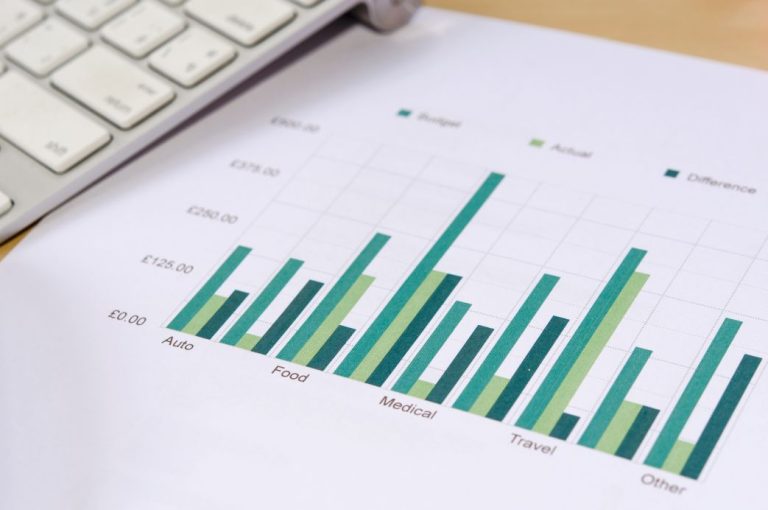The global food service market reached a significant value of US$ 2,721.5 billion in 2022, with optimistic projections for the coming years. According to the survey “Food Service” Market Research Future, this segment is expected to reach the US$ 7,249.067 billion mark by 2032 (that is, value close to R$ 35 billion), with a compound annual growth rate (CAGR) of 11.50%.
Among the main drivers, we highlight the changes in food tastes and preferences, with a growing demand for ready-to-eat foods.In addition, the search for more innovative and personalized meal alternatives has driven the sector. Given this scenario, investment in technology is fundamental to keep up with changes in consumer behavior, especially in the current context, where delivery and applications have played a significant role.
However, according to Carlos Drechmer, CEO of ACOM Sistemas, a technology company for food service management, many establishments still face challenges in the transition to the digital environment, resulting in financial losses and operational efficiency.
The transition to a paperless environment is an essential step towards modernizing the industry.Although many resist change, adopting digital technologies can bring significant benefits such as increased operational efficiency and a better customer experience.
An example is the use of technology in meeting tax and business commitments, in which many documents have delivery time and require storage. Or, the use of omnichannel platforms, which integrate different communication and sales channels. This approach not only improves the customer experience, but also optimizes internal processes. “Atending the customer in a more personalized way and integrating different means of contact helps in the operation and leads to the loyalty of”, explains Francisco Gioielli, CEO of Atena.ai, a company specialized in automation.
Regarding inventories, paperless is fundamental both to avoid waste and to ensure conscious consumption. After all, keeping stocks organized and updated is synonymous with saving time and money. “With digitized inventory and real-time information, it is possible to avoid unnecessary purchases, end the depreciation of unused inputs and even increase market competitiveness, since it is possible to negotiate prices with suppliers to the extent that one knows the real demand of their establishment”, points out Drechmer.
Food Service Paperless: how to take the first step?
First of all, it is necessary that the owners of food service establishments keep in mind that “ cannot be taken a step higher than the” leg, as the popular saying goes. “Ou is, it is a gradual process, and that it will need investments in good technologies. In addition, frank communication with the different generations of professionals will also be necessary, since the younger, the greater the inclination to the technological world”, comments Gioelli.
At the beginning, online forms will help replace printed ones and offer an alternative to filling in data. These must also be always up to date, and still meet the provisions of the General Data Protection Law (LGPD). For this to happen and for the next step, which is the analysis of these data, a management system is required.
Drechmer states that one of the main challenges of the sector today is still the resistance to digital. For him, it is essential to embrace a new cultural change. This includes involving employees in all phases of the digital transformation process, providing effective training and continuous support. In addition, it is essential to highlight the benefits of the paperless system, such as greater cost reduction, reduced rework, environmental sustainability and optimizing the operation.
A novelty that will be launched soon by ACOM reinforces the company's commitment to expand the digital environment. The new solution focuses on supporting the control of business movements, taking care of the sales process and also monitoring operational expenses. In the end this reflects a faster and more strategic analysis of the business, by tools such as DRE of accounting Statement of Exercise Outcome. The solution in question is already in the testing phase with some customers.
“Our goal is to facilitate the analysis of the strengths and weaknesses of a company, which can benefit the restaurant both in management and results. We want the customer to win, either in agility, either by increasing the number of customers or optimizing the workforce, which is already scarce. The purpose is that it becomes more competitive and always ensures more satisfactory results at the end”, says the CEO of ACOM.










